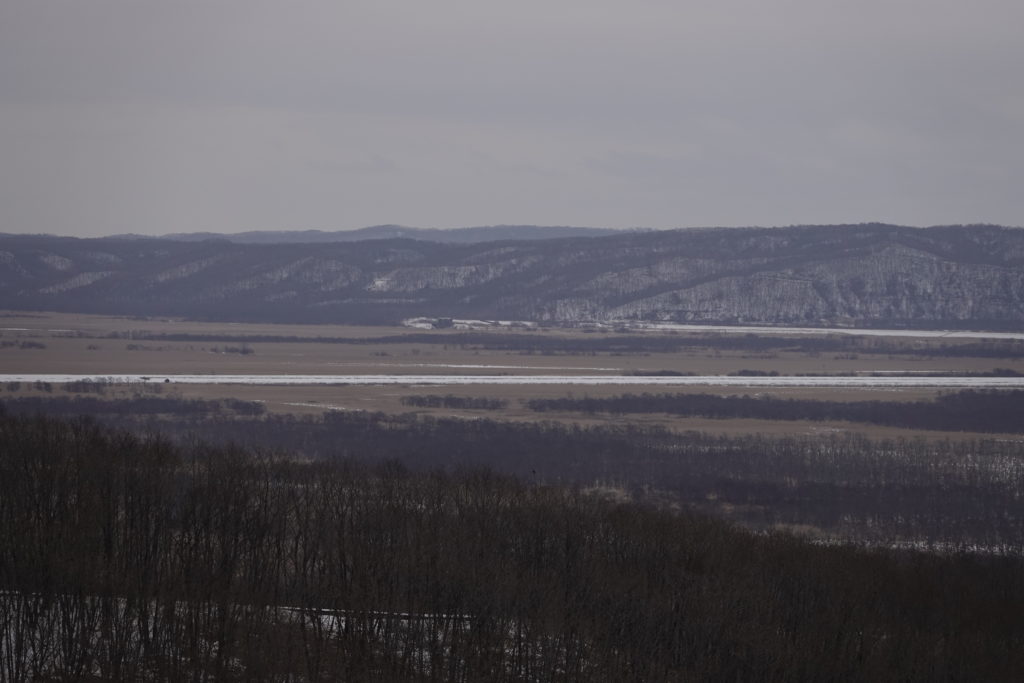
Kushiro-shitsugen was the first wetland in Japan designated as a Ramsar site when Japan joined the Ramsar Convention in 1980.
There were several other nominated wetlands worthy of being designated such as Hyoko and Fukushimagata in Niigata, Furen-ko in Hokkaido, and Izu-numa and Uchi-numa in Miyagi Prefecture. Those were important staging and wintering grounds for migratory waterbirds such as geese, ducks and swans.
However, almost all the nominated wetlands mentioned above were used by the local people for agriculture and fishing on a daily basis. Local people worried that designation as a Ramsar site might restrict their livelihood activities in the wetlands, which caused one after another to be withdrawn from the nomination list. At the end, only Kushiro-shitsugen remained.
Kushiro-shitsugen was a wet grassland difficult even to walk on, and it was a “barren land” with neither farmland nor urban areas expected to be developed. It didn’t matter to the local people if the wetland was designated under an international treaty or not, because Kushiro-shitsugen was of no use to the people at that time.
The importance of Kushiro-shitsugen was highly evaluated after its designation, and it became a national park in 1987. Millions of tourists visit the site every year to enjoy the vast marshland scenery and rich biodiversity.
Now, Hyoko, Furen-ko, Izu-numa and Uchi-numa are Ramsar sites in Japan.
Reiko Nakamura